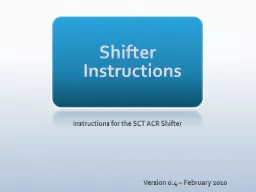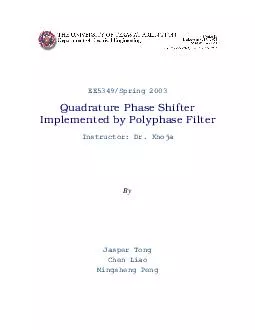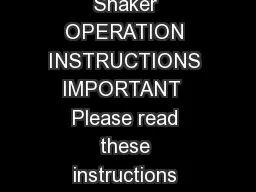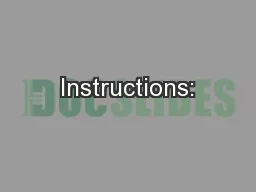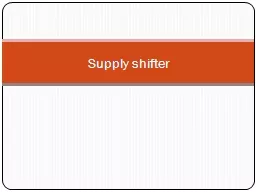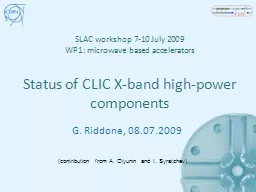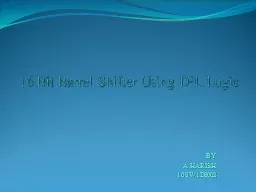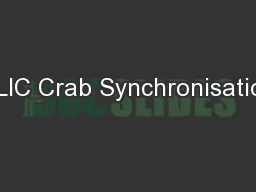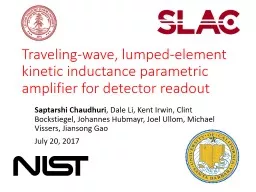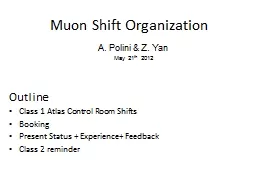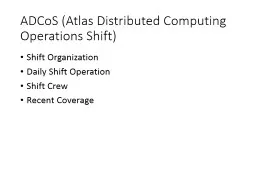PPT-Shifter Instructions
Author : lindy-dunigan | Published Date : 2016-12-19
Instructions for the SCT ACR Shifter Version 04 February 2010 Contents Part I Shifter Duties Part II ACR environment Part III Run Control amp DAQ Part IV Beam
Presentation Embed Code
Download Presentation
Download Presentation The PPT/PDF document "Shifter Instructions" is the property of its rightful owner. Permission is granted to download and print the materials on this website for personal, non-commercial use only, and to display it on your personal computer provided you do not modify the materials and that you retain all copyright notices contained in the materials. By downloading content from our website, you accept the terms of this agreement.
Shifter Instructions: Transcript
Download Rules Of Document
"Shifter Instructions"The content belongs to its owner. You may download and print it for personal use, without modification, and keep all copyright notices. By downloading, you agree to these terms.
Related Documents

